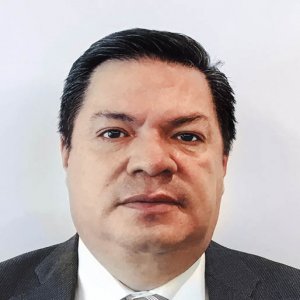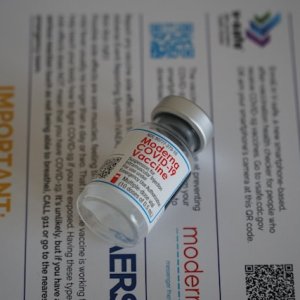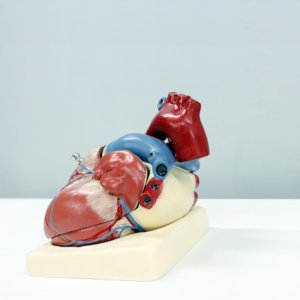Stem Cells Do What You Need Them to Do

STORY INLINE POST
Q: What are the advantages of using dental stem cells over those of the umbilical cord or bone marrow?
A: The cells from the umbilical are hematopoietic and they are mainly used to treat blood conditions such as lymphoma, leukemia and anemia. Dental stem cells are mesenchymal; they form tissue and can differentiate into bone, cartilage, heart, liver, etc. The other fundamental difference is that umbilical cord cells cannot be multiplied and often there are not enough cells for treatment. Mesenchymal cells can be used several times for different applications. Finally, there is only one opportunity to collect umbilical cord stem cells but there are many opportunities to obtain cells from teeth.
Bone marrow is a rich source of both mesenchymal and hematopoietic cells. Their collection is much more painful as a thick needle is inserted into the bone several times. It is invasive and hospitalization is required. In addition, the cell quality is not as good because they are prone to environmental damage. This is a good option for those who have not persevered cells in another form.
Q: T2D is affecting Mexico and consuming the public health budget. How can stem cell research help?
A: Many auto-immune diseases are inflammatory, so stem cells can help with their anti-inflammatory properties. In addition to becoming tissue, over the past five years it has been discovered that stem cells have additional properties: anti-bacterial, anti-inflammatory and regenerative. They also recruit other cells to help with repair and protect cells by stopping apoptotic processes, which is programmed cell death. Stem cells are also immune-regulating. These are environmentally responsive therapeutics. Applied intravenously, these cells will do what you need them to.
As for T2D, the immune regulating aspect helps because it is an auto-immune disease; the anti-inflammatory function helps with the inflamed pancreas and the regenerative element helps to regenerate pancreatic function. For the best outcome when treating chronic diabetes, several sessions are advisable for the cells to work. In addition to pancreatic malfunctioning, T2D causes a great number of problems such as blurred vision, glaucoma, poor circulation in the extremities and liver, kidney and heart issues. There is a protocol in Monterrey under research that is aggressive but efficient, which involves submitting the patient to chemotherapy to destroy their immune system because it has been attacking itself. After it is killed off the patient is given a new immune system with stem cells. This is done with hematopoietic cells collected from bone marrow. This is also helping allogenic transplants achieve lower rejection rates.
Q: Although authorization is granted on a case by case basis, what are the main uses of stem cells in Mexico?
A: The potential applications are still being researched. In Mexico, they have mostly been used for orthopedics, lesions in articulations such as the knee, hip and shoulder or for diabetes. We are running an interesting protocol on autism and stem cells also can be used for neuro-degenerative diseases such as Parkinson’s disease. There are also intravenous applications to help regenerate tissues and cells. Stem cells have anti-aging properties that are popular with athletes.
Q: What regulations are stem cell clinics like Bioeden lobbying for in Mexico?
A: Processes are limited by the laws that are 10-15 years old and policymakers are slow to react to innovation. Mexico is a pioneer in this area so there are fewer countries to copy from and thus more fear, which is normal. This can be solved by reading scientific information which is available for all, and there are many aspects that have already been tried and tested. It is a waste of time and money to repeat those tests here, since that money could be used for further research. Regulation of dental stem cells in particular is scarce and mesenchymal cell regulation is tied to that of hematopoietic cells. COFEPRIS is conscious of these things and is moving forward. We are not completely blocked by legislation. I hope there will be greater openness in the next two years.






















